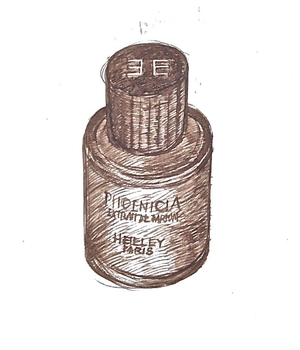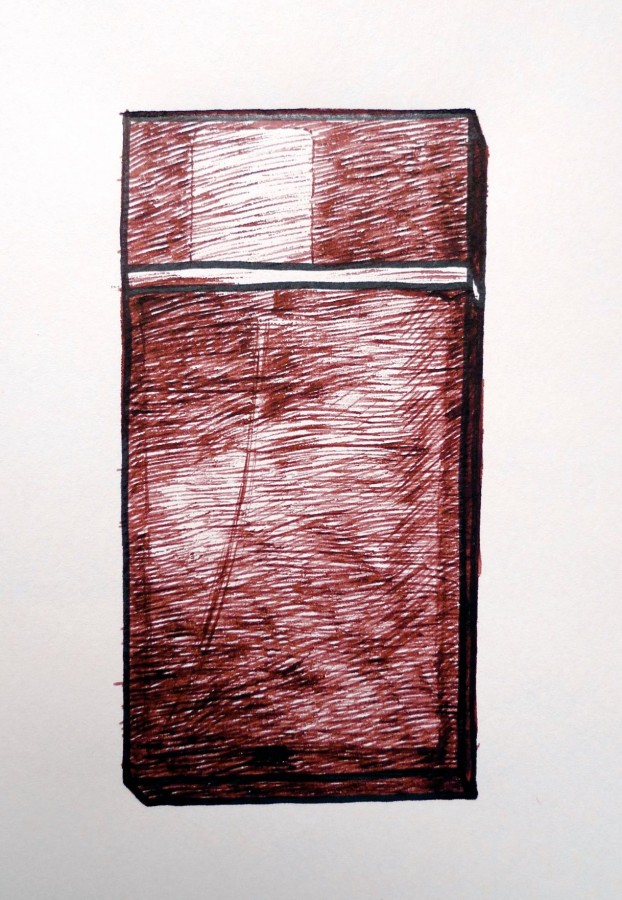Tagged With ‘oud’
Heeley
Phoenicia
24 August, 2015
 Though there’s some dispute about its exact origins, the word ‘perfume’ most likely derives from ‘fumes from a substance being burned’, so you could say that Phoenicia, the latest fragrance from Yorkshire-born, Brussels-based perfumer James Heeley goes back to perfume’s roots.
Though there’s some dispute about its exact origins, the word ‘perfume’ most likely derives from ‘fumes from a substance being burned’, so you could say that Phoenicia, the latest fragrance from Yorkshire-born, Brussels-based perfumer James Heeley goes back to perfume’s roots.
The name refers to the ancient civilisation that flourished in the eastern Mediterranean around 1000BC, but Phoenicia’s smell is instantly evocative of childhood bonfires, just as his earlier L’Amandière evokes an almond orchard in spring.
‘I loved the way my hair smelled after a bonfire,’ Heeley recalls, and he’s captured the memory using a mixture of cedarwood, oud, smoky birchwood and vetiver.
Luckily there’s more to Phoenicia than smoke. ‘I’ve always loved the concrete of labdanum ciste,’ Heeley says (the densest refined extract from the fragrant Mediterranean shrub Cistus ladanifer), ‘which has a slight smell of dates or prunes.’ Adding this to the formula gives Phoenicia an attractive hint of dried-fruit sweetness, which balances the smokiness is a very attractive way. It certainly lights my fire.
Yves Saint Laurent
M7
12 July, 2012
 Tom Ford’s relatively short tenure at Yves Saint Laurent, from 2000 to 2004, won him both fans and detractors – among them YSL himself, who used to pen helpful letters criticising Ford’s latest shows. But it was Ford’s own considerable design talents and his genius for publicity dragged the declining fashion house back into the limelight, no more so than with the launch of M7 in 2002.
Tom Ford’s relatively short tenure at Yves Saint Laurent, from 2000 to 2004, won him both fans and detractors – among them YSL himself, who used to pen helpful letters criticising Ford’s latest shows. But it was Ford’s own considerable design talents and his genius for publicity dragged the declining fashion house back into the limelight, no more so than with the launch of M7 in 2002.
In a nod to Jeanloup Sieff’s legendary 1971 photograph of a naked Yves Saint Laurent that was used to promote the first YSL men’s fragrance, Ford launched M7 in 2002 with a full-frontal nude of martial-arts star Samuel de Cubber shot by Swedish photographer Sølve Sundsbø.
The all-too predictable storm of controversy may have long since been left behind, and sadly the perfume has since been reformulated and dumbed down, which is a real shame as it was originally an unusual and (to me at least) extremely appealing scent.
Tom Ford’s influence is most obviously apparent with the original bottle (pictured), which was a crisply designed rectangle of brown glass, the colour of medicine bottles. The brown perspex cap clipped on with a satisfying clunk, and the spray mechanism was set two-thirds along the top, giving it a cool asymmetric outline which has ‘designer’ written all over it. (Not literally – keep up!) It’s since been redesigned and the perfume reformulated, which is sadly typical of the industry.
What makes the perfume itself immediately striking is its odd yet somehow very successful combination of fruity sweetness with the almost catch-in-the-throat smell of woodsmoke, which gives it a masculine edge it would otherwise lack. Not very noticeable is an initial burst of citrus provided by bergamot and mandarin, though that probably adds something to that first impression of fruitiness.
What I hadn’t realised was that perfumers Alberto Morillas and Jacques Cavallier also added a touch of rosemary to the mix. It’s not something that jumps out at you, but smelling it again I twigged, for the first time, that rosemary’s herby smell has something a bit smoky about it too.
It’s a very clever way to emphasise this fragrance’s appealing smokiness, whose dryness is also underlined by a touch of that ultimate in male-perfume ingredients, the bitter earthy smell of vetiver. M7 lasts well too, and if some people find it either too fruity or slightly medicinal, then let them; I really don’t care.